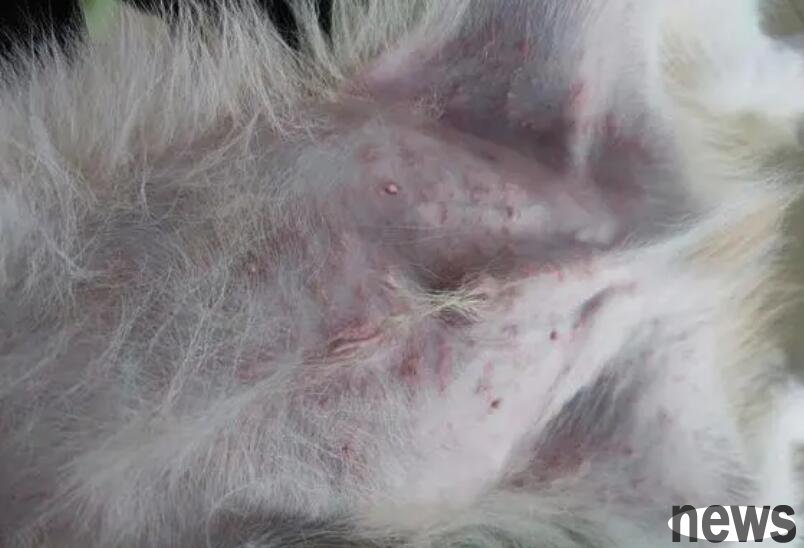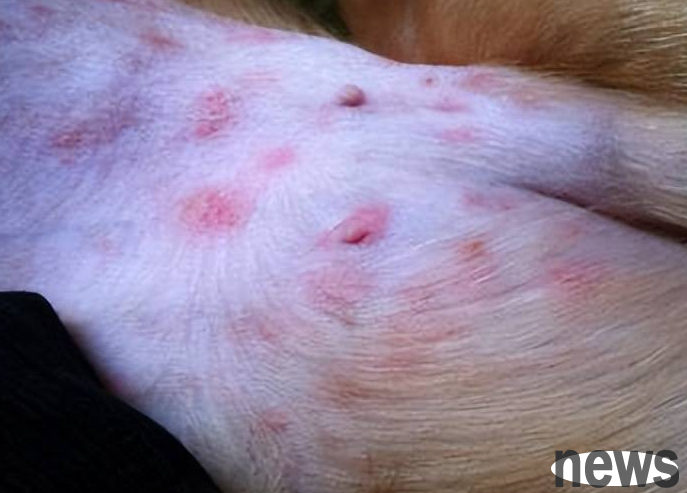What should I do if a dog has urticaria? Dog urticaria, also known as rubella, is an allergic disease that occurs when the dog body is stimulated by internal and external adverse factors.

1. The cause of canine urticaria:
1. Its pathogenesis can be immune and non-immune. 2. Common causes of urticaria include: food and additives, drugs, infections, animals, plants and people who absorb, physical factors, visceral diseases, mental factors, and genetic factors.
2. Key points for diagnosis of canine urticaria:
1. Sudden itching on the skin or papules with obvious boundaries. 2. It first occurs on the face, around the eye circles, and corners of the mouth, and then on the back, neck, and inside the thigh. In severe cases, it also occurs in the visual mucosa. 3. Papules mostly subside within 1 to 2 days. Some also turn to chronic, which lasts for several weeks or months. 4. Some sick dogs are accompanied by systemic symptoms such as rapid heartbeat, increased body temperature, gastrointestinal disorders, vomiting and other systemic symptoms.

3. Preventive measures for dog urticaria: 1. The cause of the disease should be identified as soon as possible and symptomatic treatment should be given. 2. Desensitization therapy: Use antihistamine drugs, benzene hydrochloride injection 2~4 ml per kilogram of body weight, oral or intramuscular injection, twice a day. Palmin is taken orally at 4 to 8 mg each time, twice a day. Xismin and dexamethasone also have better effects. 3. For those with itchy skin, you can choose prednisone 0.5 to 2.0 mg/kg body weight or dexamethasone 0.10 to 0.25 mg/kg body weight, and intramuscular injection, twice a day. 4. For asthma, atropine 0.05 mg/kg body weight, dexamethasone 0.10-0.25 mg/kg body weight, and intramuscular injection. 5. Antihistamine ointment or corticosteroid ointment can be applied on the local skin, such as Fungusan and Weifukangjiao ointment, which all have anti-itchi effects.